Growing Citrus in an Inorganic Substrate
mattcolq
7 years ago
Featured Answer
Sort by:Oldest
Comments (25)
Related Discussions
what kind of soil should I use for citrus in pot?
Comments (26)How coincidental this thread has been revived...I picked up my first bag of "rocks" just this afternoon to try...Professor Al, if you are out there I am not *trash-talking* hehe...My new mix of the month is gonna be Turface MVP, bark and some perlite...will decide on the proportions when I actually run my paws thru the stuff, which is ETA approximately 2 hours from now...I am after NOT having to re-do this cr** for a long-a** time..having a bad day... Anyway, I think you gotta use what you gotta use...I still think that bagged potting soil is not the best thing for you to use in the long run, but your goals and my lazy goals may not be the same....thus I would amend heavily with perlite, which I like a lot. Some people hate it, ok fine; I like pistachio ice cream and some people hate that too, ok fine...However, I don't know where you are, but I can sorta suggest a brand of potting mix that I've seen hold up rather well for maybe a year or two: Last year my sister switched her pot-grown tomatoes (she is one of those people who can grow anything, anywhere without any trouble or thought) to a brand called Bandini that I actually liked b/c it isn't dirt and compost--it is mostly redwood bark fines/soil conditioner; she bought it at Home Depot. Great drainage, she has some filled pots left from last year, dumped it out, and it still is very light. I am starting to see what uses as a medium will be affected a good deal by climate, reference another post where Toni and I have had a little chitchat. I am beginning to hypothesize that perhaps you get quicker breakdown of potting mixes in areas where there is more exposure to the elements and higher average temperatures...yeah I know, that it is prolly obvious to most of you out there in TV land butI never really thought about it for potted plants (I know--->DUH! I think Sir Isaac Newton's apple just bonked me on the head)...which may be why some who do the potted thing in cooler climes may have a little more leeway...or maybe not, I've got no randomized double-blind placebo-controlled studies in the pipeline...which is why I am going largely *inorganic*...I expect my upcoming battles will be delivery of enough moisture and nutrients, espceially the micros...And when I really have my act together I am going with an automated drip system for the containers...but my act may never actually *be* together...Next stop, pending this failure (though I have complete faith in my mentor's advice :), is intermittent flood hydroponics...isn't it Friday yet??! HTH. I'm goin' to happy hour......See MoreHelp! Planting Citrus-Issues
Comments (9)Kquat: If you are in a freeze risky area as I am here is a plan. Here on the Texas Coast we don't fertilize until we expect the end of killing freezing weather, about March 10. With organics you can creep up a couple of weeks cos it needs to break down to become available. You can find local Cooperative Extension info on rates based on years old or trunk diameter. That is usually based on lbs Nitrogen per year. But an old time citrus man told me this which I follow. Take total lbs fertilizer and divide into 2 applications of 60% in March, and 40% in about May or June but not later. If you don't feed them in the second half of the year, they will stop growing in the fall and "harden off" as cold weather approaches. Then they will be good for 25 deg F for sure, maybe a couple more. If there is soft new growth and we get a hard freeze they will get quite a shock. Even the exceptionally cold hardy ones will die back. Then you have a bigger problem of cutting back or not cutting back to get rid of dead ends when your trees should be growing in spring. If you use good methods you will have 4 or 5 ft of growth per year, minimum, with cold hardy trees to boot. Expect them to sit there for a while so they can get their root system established before zooming up....See MoreHow MUCH citrus fertilizer do I feed my container citruses?
Comments (16)Well, I have to amend the showed in my above Foliage pro label. I assumed that "tsp" is tablespoon (15 ml), but I was wrong, it is teaspoon (5 ml). By the way, it gave very logical values. So ppm N are much lower that those I wrote. The right data are (gotten from here): Maintenance (every watering): 1 part FP in 3000 parts water (1 ml for 3 Lts water) (30 ppm N) Production (weekly): 1 part FP in 1500 parts water (1 ml for 1.5 Lts water) (60 ppm N) to 1 part FP in 750 parts water (1 ml for 0.75 Lts water) (120 ppm N). I am currently astonished, because those ppm N are in my opinion very low for citrus growing. It is commonly assumed that an optimum N ratio for each watering for citrus are between 100 to 150 ppm N. Those recommended for Foliage pro are much lower. I have tested at home the EC of a 100 ppm N of Foliage Pro solution and (with tap water) it is 0.89 dS/m. It is a very safe value, much lower than the maximum recommended for citrus (1.70 dS/m). It would be perfectly possible to water with each watering in a FP/water ratio of 1:1000 (90 ppm N), and even we would be below the recommended N ratio for citrus. So here there is something wrong or I am losing anything....See MoreCitrus trees not really growing anymore - what's next?
Comments (14)I'm trying to get a handle on this. You said you'd only grow these in pots, right? But do you want nice foliage plants? Or do you want something that will actually bear fruit? If the latter, I hope you have really, really large pots and a lot of time, because grapefruits can take up to 10 years or more to bear fruit (from seedlings) and in a pot, that plant will likely need to grow upwards of 14 feet before it will bloom. For patio plants that actually bear, I would purchase plants that have been grafted with a known variety OR, have a professional graft the scion stock from your grandmother's plants onto a rootstock. This way, you will have bearing plants in only a few years AND be able to keep those wonderful varieties of your grandmother's....See Moremyermike_1micha
7 years agoUser
7 years agomattcolq
7 years agoMonyet
7 years agoLaura LaRosa (7b)
7 years agoponcirusguy6b452xx
7 years agoponcirusguy6b452xx
7 years agomattcolq
7 years agoponcirusguy6b452xx
7 years agomyermike_1micha
7 years agomattcolq
7 years agolast modified: 7 years agoteodoraborlean
6 years agoSammers510
6 years agoponcirusguy6b452xx
6 years agoYan-An Liu
last yearMisty Kelley
10 months ago
Related Stories
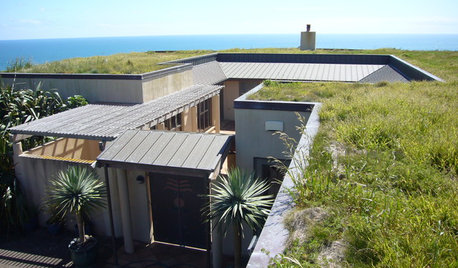
GREEN BUILDINGLiving Roofs Put Down Roots
No longer solely the domain of hippies — or hobbits — a green roof can be a hardworking partner in making your house sustainable
Full Story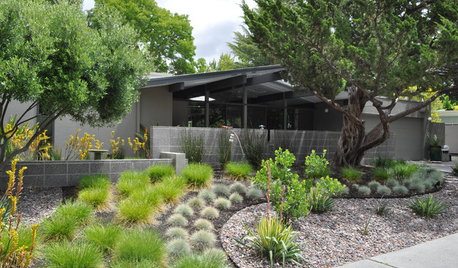
GARDENING GUIDESHow to Pick a Mulch — and Why Your Soil Wants It
There's more to topdressing than shredded wood. Learn about mulch types, costs and design considerations here
Full Story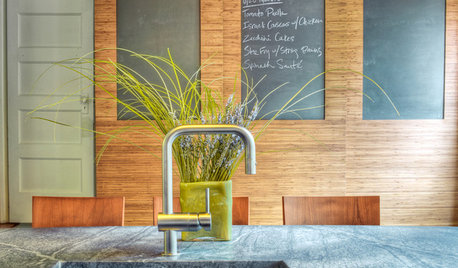
MOST POPULARYour Guide to 15 Popular Kitchen Countertop Materials
Get details and costs on top counter materials to help you narrow down the choices for your kitchen
Full Story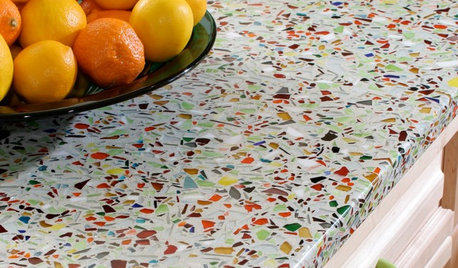
KITCHEN DESIGNKitchen Counters: Sturdy, Striking Recycled Glass With Cement
Ecofriendly and full of character, this heat- and scratch-resistant material is a great fit for custom kitchen counters
Full Story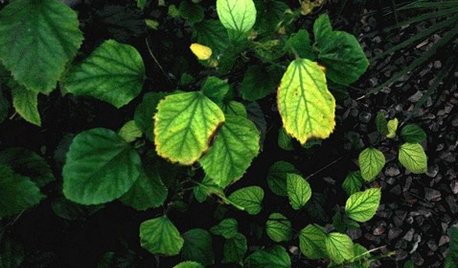
GARDENING GUIDESWhat's Wrong With My Plant? Leaves Often Hold the Clues
Learn how to identify common plant ailments by reading their leaves
Full Story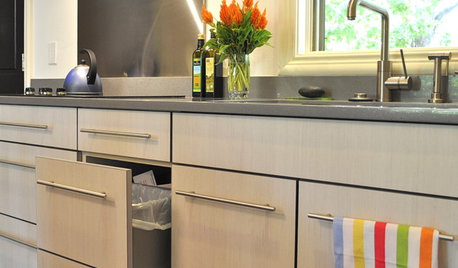
KITCHEN DESIGNEcofriendly Kitchen: Healthier Kitchen Cabinets
Earth-friendly kitchen cabinet materials and finishes offer a host of health benefits for you and the planet. Here's a rundown
Full StorySponsored




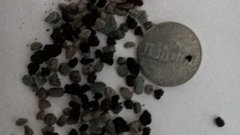

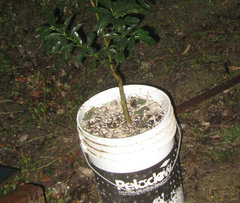
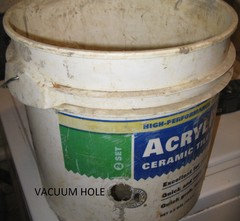

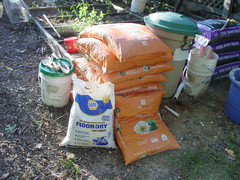


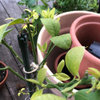
Laura LaRosa (7b)